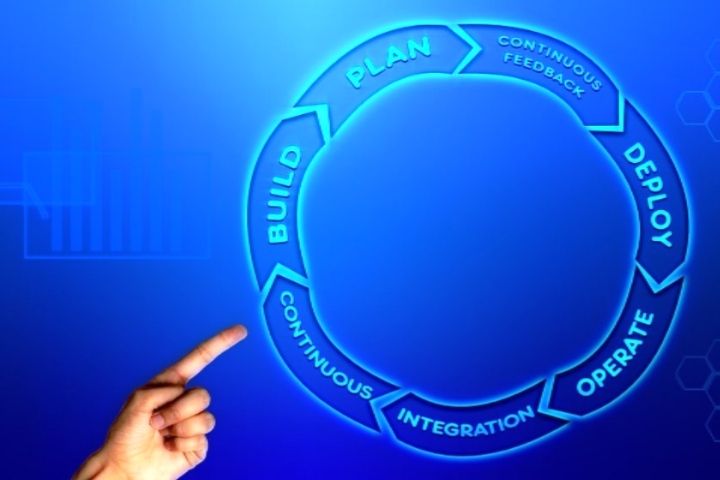What Are Agile Development Techniques?

Agile and agile methodologies have been part of life, culture, and the computing-technological world for some time. The term “agile” has become a buzzword in the business world, at the height of synergy, disruption, or, most famous of all, creative thinking. In all company departments, from commercial to administrative.
Table of Contents
What Are Agile Methodologies?
Agile methodologies are those that allow you to tailor the way they work to the conditions of the project at all times. By agile we understand work methods where requirements and solutions evolve over time according to the need of the project. Each project is carried out through the collaboration of multidisciplinary and self-organized teams.
What Are Agile Development Techniques?
Some practices have been established in the field of development, which the agile approach can be implemented in your team or company – agile development thus becomes the general term. Many of these techniques can be found in agile software development embodiments such as Kanban, Scrum, feature-based development, extreme programming, behavior-driven development.
User Story
These are used to ensure that the customer or user is at the center of development. This technique uses simple language to briefly explain what a function should be able to do from the user’s perspective. This description is written down on a story card and a map or story map is made.
Backlog
This is the idea of a catalog that brings together all the tasks that still need to be done, but is not currently working on indicates the approach. The reason for this lies in the short work phases. Instead of multitasking or assigning a fixed time slot to each task within a certain schedule, you have a series of flexible background tasks. From this, the team can select the next task.
Timeboxing
Some forms of agile development have time constraints. Again, Scrum is a good example of this, since here the sprints have a certain length. In the end, the development team has to present a finished product. This requires tasks to be properly selected and designed.
Testing
Testing is considered an integral part of the process in software development. Typically, at the end of the short work phase, the product is tested as a team before it is considered “finished” and delivered to the customer. Only then will the next iteration start with a new task.
Hindsight
Regular meetings are present in agile methods as an abstract principle and are partly encouraged. Scrum, for example, even sets a meeting plan. Only if the team addresses not only the challenges and problems but also the achievements, can long-term improvement be achieved.
Pair Programming
The four-eye principle finds application in pair programming, also known by its English denomination pair programming. Two developers share a workspace. While one of them writes the code, the other verifies the input. Although this takes more time, it reduces errors in the code.






